Calcium Flakes in Saltwater Pools
If you own or maintain a saltwater pool, there's a good chance you have seen calcium flakes in it too. This article will explain what the flakes really are and debunk some myths about them. Let's get into it.
Posts about:
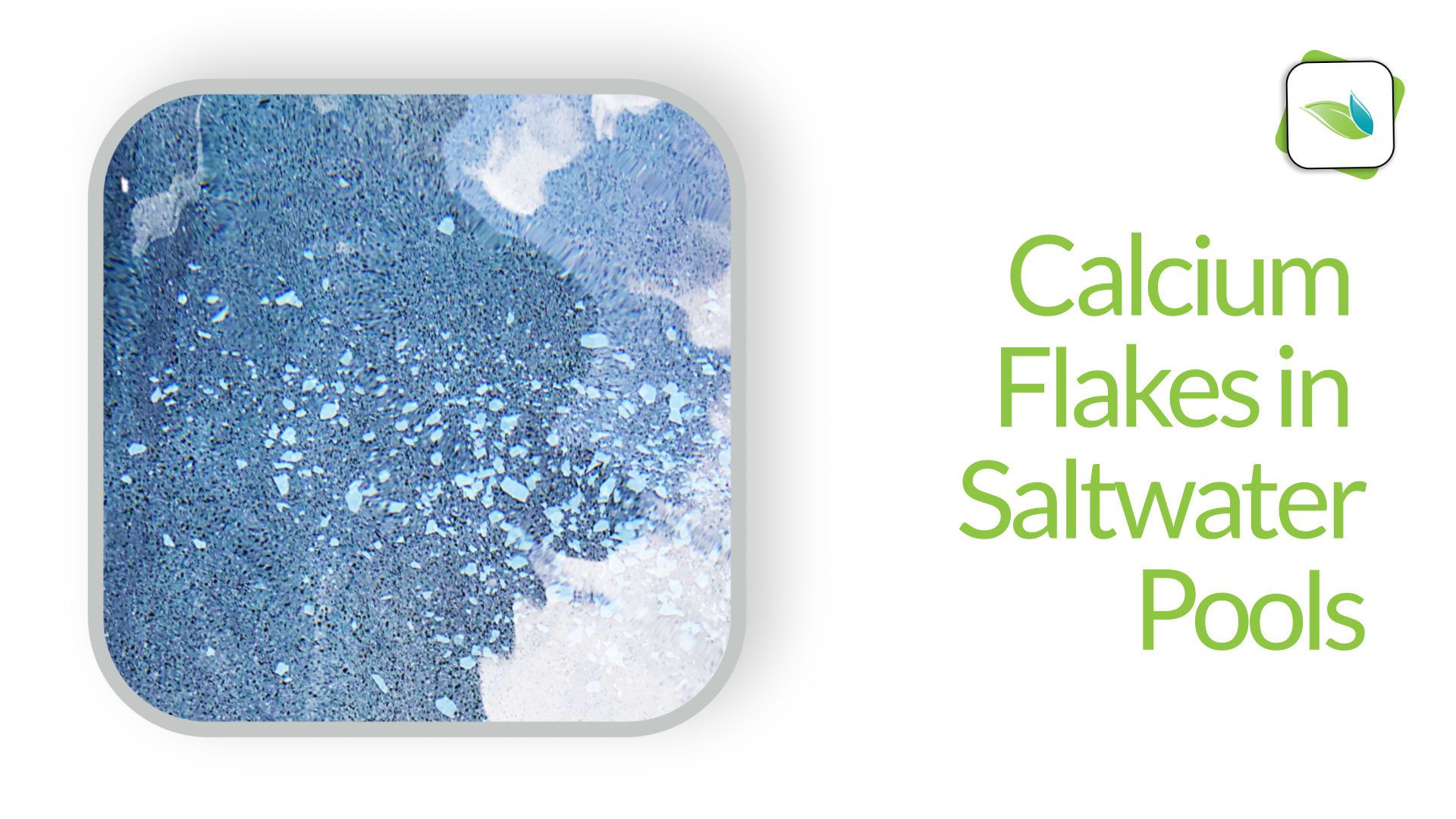
If you own or maintain a saltwater pool, there's a good chance you have seen calcium flakes in it too. This article will explain what the flakes really are and debunk some myths about them. Let's get into it.
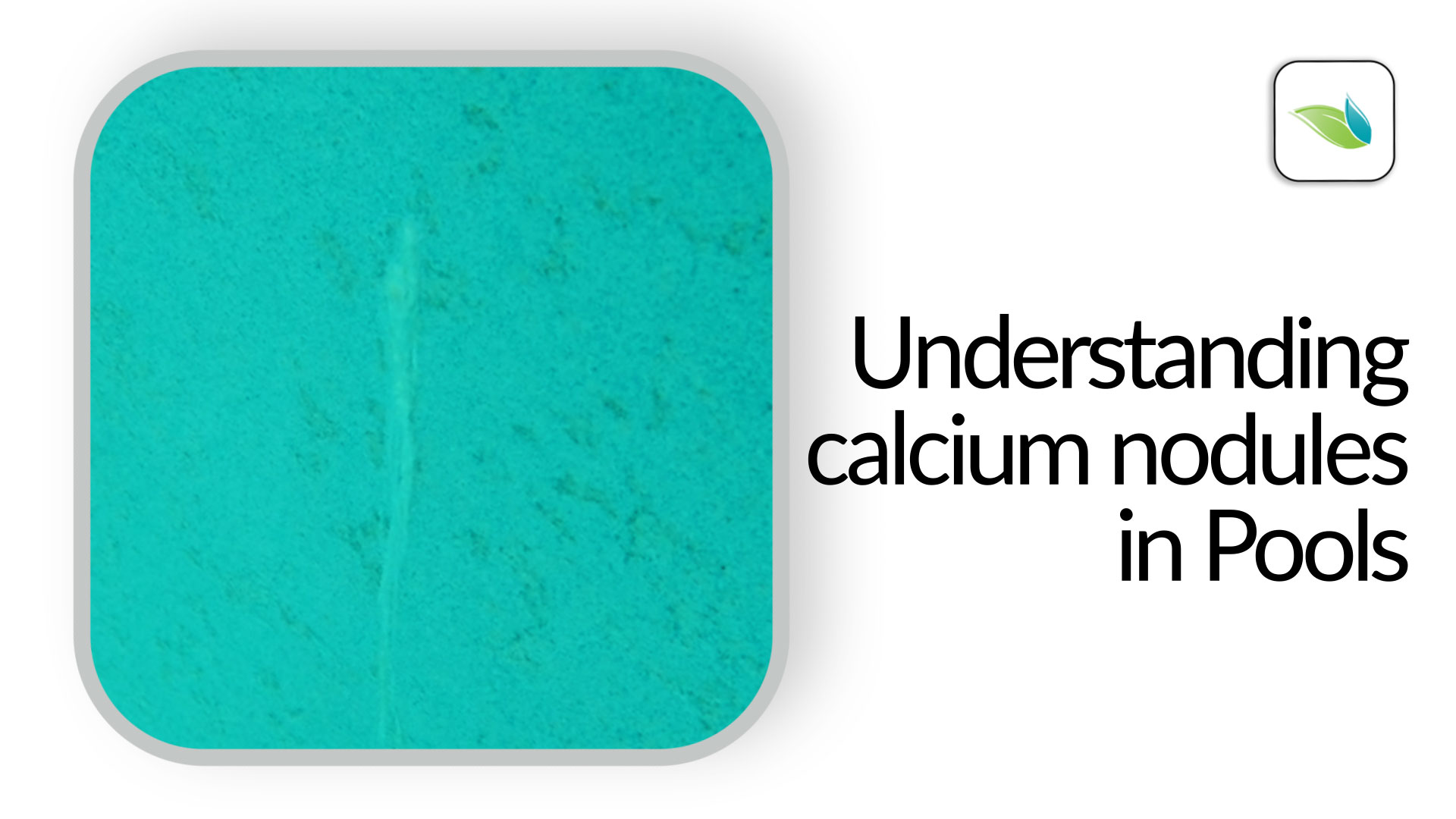
Calcium nodules in pools look like little calcium volcanos or blisters that ooze out of pool walls and floors. While there are varying opinions on this topic, in this article, we will explain what nodules are and why they occur. Then we'll discuss how to prevent and fix calcium nodules.
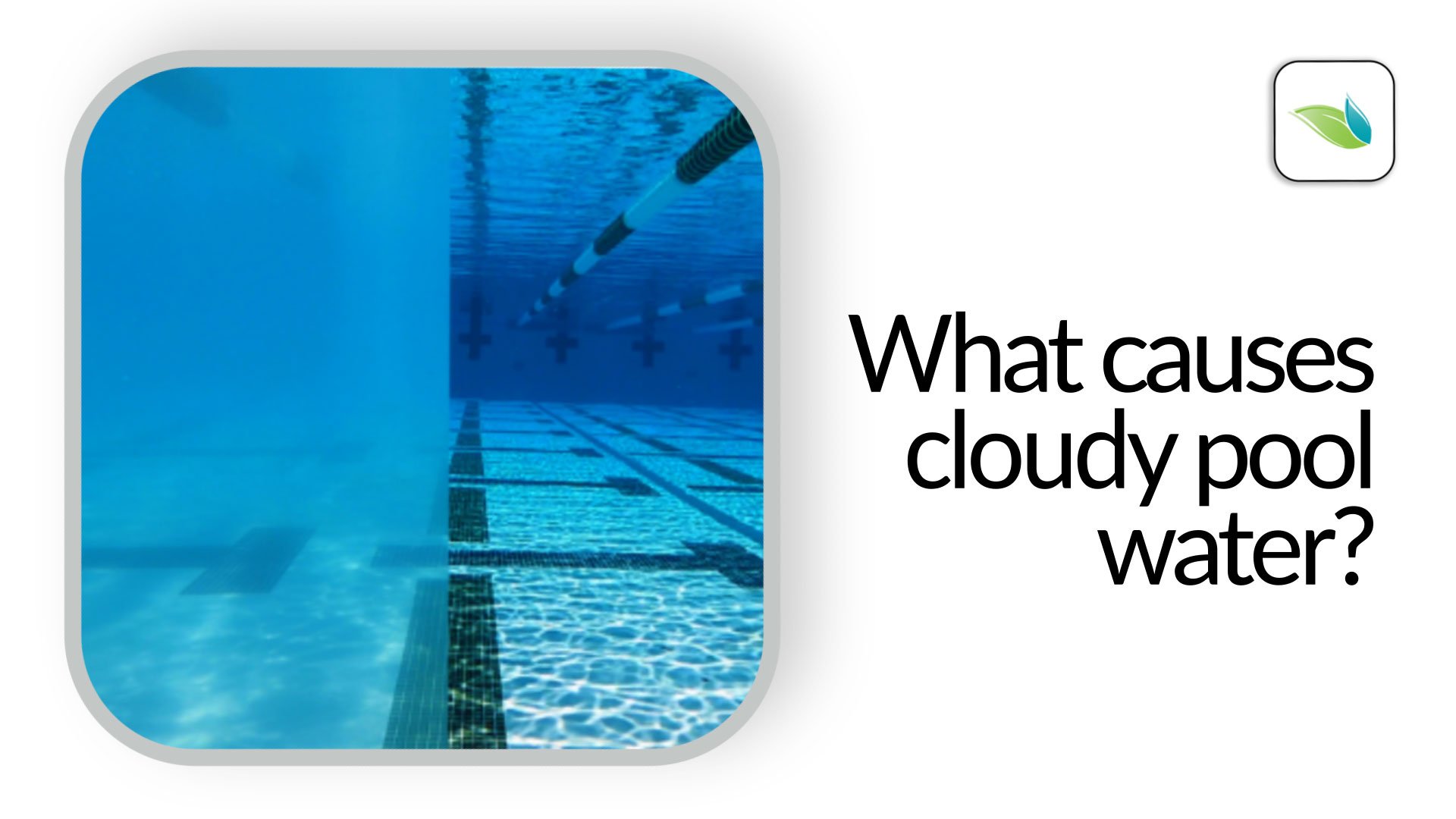
Pools get cloudy for a number of reasons. This article will discuss several of them, but keep in mind you could have a combination of these factors going on. There are three distinct types of water clouding: water quality issues (green, yellow, or brown cloudiness), water balance issues (pure white or gray), and chemical conflicts (usually bubbly or films floating around on the surface).
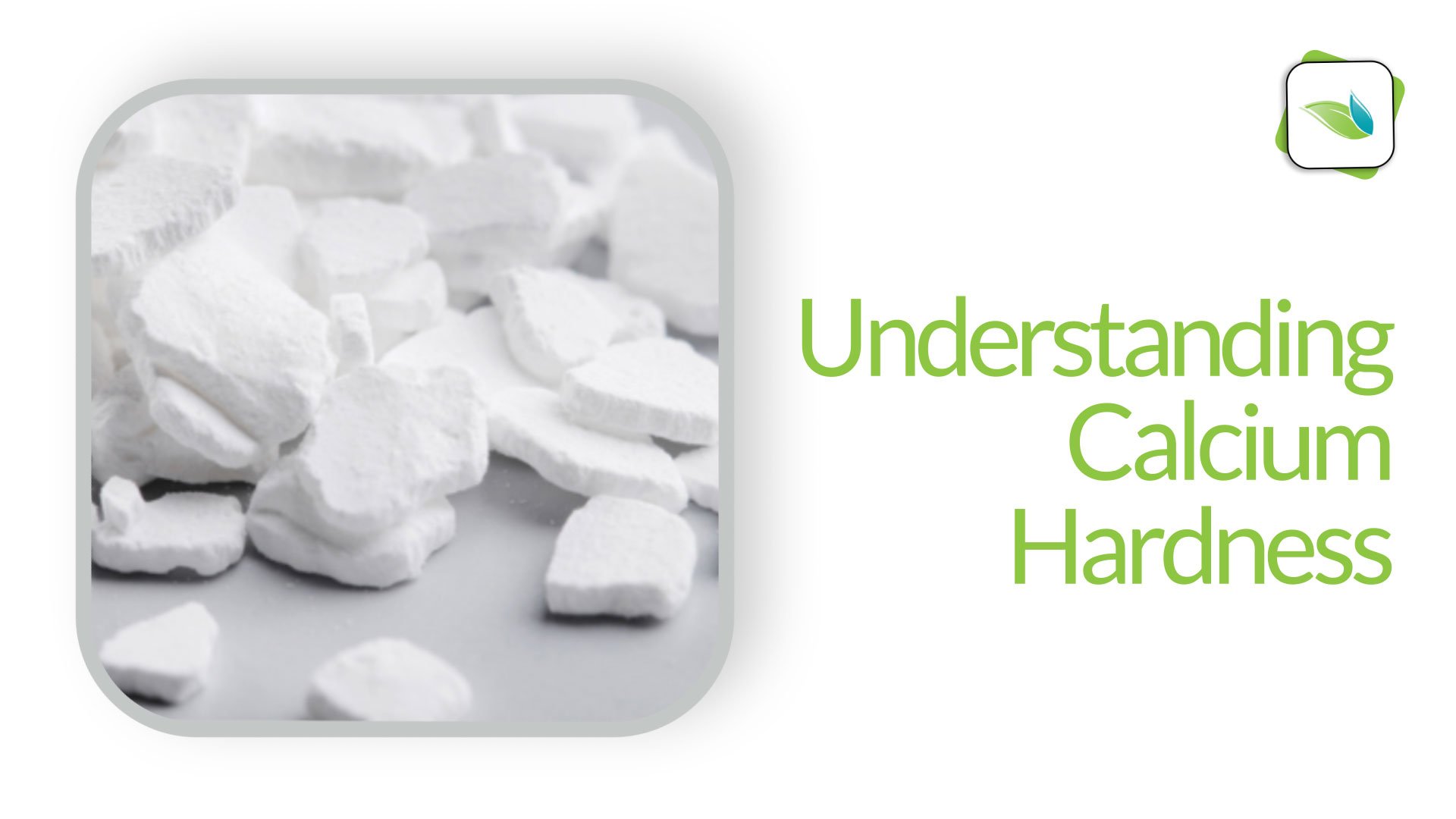
Calcium hardness is one of the most important factors in water chemistry, and swimming pool chemistry especially. It is one of the six LSI factors, and because it does not fluctuate much, we love using calcium hardness as a foundation for water balance. Let's discuss why.
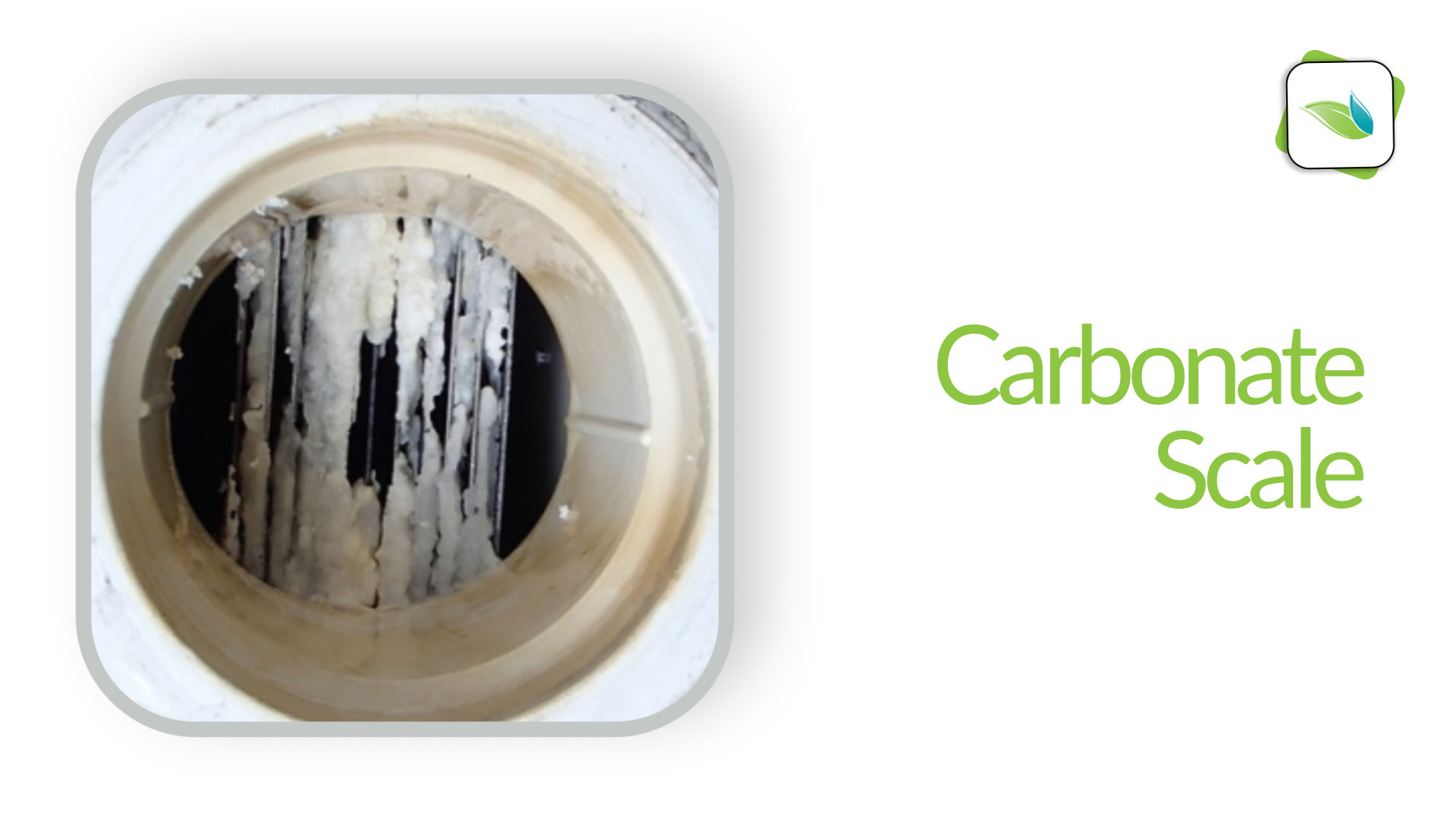
Carbonate Scale is a buildup of hardened calcium carbonate (CaCO3) on pool surfaces or equipment. Scale can be a big problem for a pool and its plumbing system (and other water systems besides pools, like fountains).